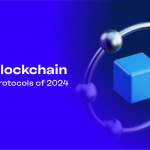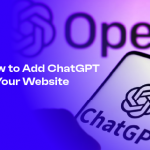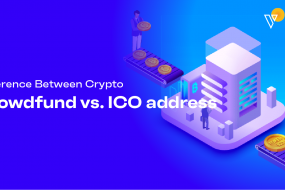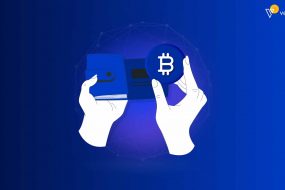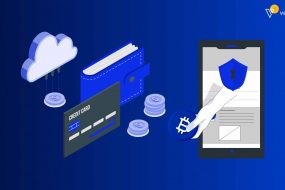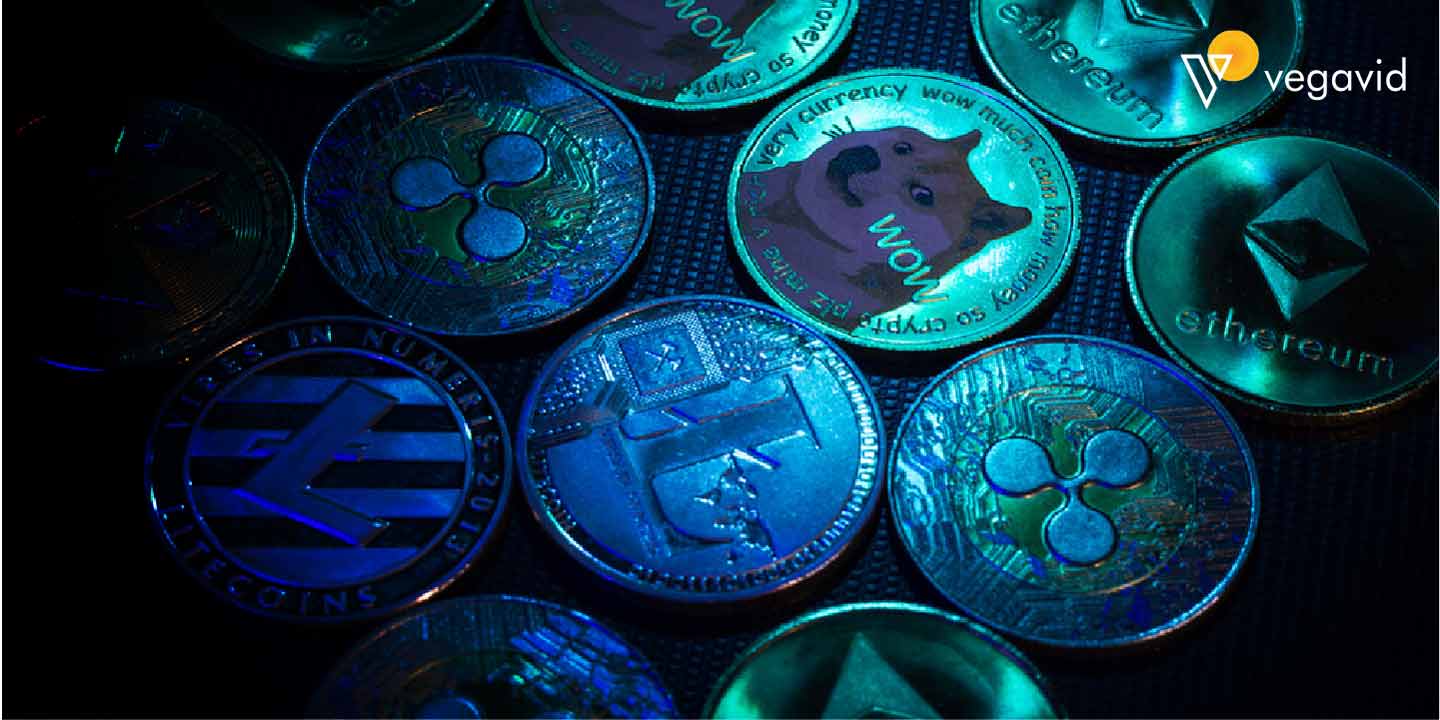
With the immense success of cryptocurrencies like Bitcoin and Ethereum, many people dream of creating their altcoins. Done right, it can be an incredible learning experience and potentially lead to big things. However, developing a viable altcoin from scratch is a complex task. This guide will walk you through the entire process, covering everything from planning and development to promotion and launch. By following these steps, you’ll be well on your way to creating your own altcoin.
Getting Started with Altcoin Development
Creating a viable altcoin requires extensive preparation. The first step is critically evaluating what problem the cryptocurrency will solve and how it improves upon existing solutions. Developing a clear vision will guide the core aspects of the project. Ensuring any technical, legal, and regulatory considerations are addressed upfront also saves headaches. Perhaps most importantly, you will gain practical perspectives from those with experience in the cryptocurrency realm. Some strategies in getting started with this development process are-
Define Your Vision
Defining an inspirational yet realistic vision is paramount. Determine what intrinsic or extrinsic value the altcoin provides by solving a genuine problem or need. Consider real-world applications and how the cryptocurrency could be adopted. Establishing a compelling narrative around these factors will attract the right community and build momentum over the long term.
Build a Strong Team
Assembling a talented and diverse team is essential. Recruit individuals with complementary skills across relevant domains like development, marketing, operations, and compliance. Look for a balance of cryptocurrency knowledge and traditional experience. Team members must believe passionately in the project’s vision to see it succeed over inevitable challenges.
Research Cryptocurrencies
Thoroughly researching competitors provides valuable learnings. Analyze top networks to understand what characteristics drove meaningful adoption and success. Also, study projects that could have avoided similar pitfalls. Benchmarking against industry leaders highlights opportunities to innovate or fill gaps in the existing landscape strategically.
Choose a Blockchain Platform
Deciding between building from scratch or forking an established platform is a significant decision. Forking expedites development but needs more differentiation. From scratch ensures long-term flexibility but extends timelines. We are evaluating capabilities, compatibility with the vision, and required resources to aid in selecting the most suitable option.
Building the Technical Infrastructure
It’s time to translate the vision into reality through solid technical foundations. Coding customized solutions requires patience and persistent problem-solving. Outlining scope and workflows upfront helps maintain focus through inevitable challenges. Iterative testing also allows pivoting designs based on feedback to craft the right user experience. Overall quality, security, and performance are top priorities. Some helpful strategies in this process are-
Fork an Existing Codebase
Modifying an existing protocol to suit your needs expedites the development process. However, forks require extensive testing to ensure any changes didn’t inadvertently introduce vulnerabilities. They also need to feel sufficiently differentiated. Active divisions require just as much maintenance as a custom blockchain.
Develop from Scratch
Building a blockchain from the ground up allows for a unique, tailored design but requires more work. Before writing any code, define the network architecture, transaction process, and security model. Modular development and frequent testing save wasted effort. Documenting components aids collaboration and avoids reinventing the wheel.
Design and Code the Tokens
Well-designed tokens are core to a blockchain’s value. Develop ERC-20/223 compliant intelligent contracts to mint, allocate, and transfer the tokens securely. Include functions for areas like rewards, governance, and pricing. Audit the code thoroughly before deployment for vulnerabilities.
Build the Distributed Network
Launching a decentralized global network requires accessible full nodes. Consider high-availability cloud infrastructure and open-source DevNet tools. Foster a thriving community of core developers and partners. Promote seamless third-party integration as adoption grows.
Implement Reward Mechanisms
Incentives encourage users to run full nodes and miners to secure the network—research best practices for distribution, issuance rates, and halving schedules. Staking alternatives can boost decentralization. Simulate economic models to ensure incentives balance short and long-term needs.
Conduct Security Audits
Subject all code to rigorous third-party security evaluations. Prioritize feedback over release deadlines. Even minor bugs can prove catastrophic with financial systems. Transparency builds trust, while continuous review strengthens the protocols. An uncompromising focus on safety ensures longevity.
Bolstering Community Support
Bolstering community support is integral to an altcoin’s success. Engage with the community through social media, forums, and dedicated platforms, fostering open communication and transparency. Provide regular project updates, host AMAs, and address queries promptly, nurturing trust and credibility. Encourage community involvement through feedback incorporation and incentivized programs like bounty campaigns or airdrops, fostering active participation.
Cultivate a loyal and engaged community by recognizing contributions and rewarding engagement, solidifying a solid supporter base essential for adoption and sustained growth. A vibrant and supportive community fuels interest and amplifies the altcoin’s visibility and resilience in the competitive crypto landscape. To gain traction, lay the foundation for your altcoin community:
Create a Project Website
A professional, informative website establishes credibility and showcases the project. It should introduce the vision, team, roadmap, and white paper in an easily digestible format. To nurture involvement, include community resources like helpdesk, documentation, and signup forms. Maintain the site as the hub for all official announcements and news.
Engage on Social Media
Platforms like Twitter, Telegram, and Reddit allow connecting directly with a global audience. Post regular but concise updates on development, resources, and events—foster discussions by addressing questions promptly and positively. Monitor conversations to both solve issues and gather valuable feedback.
Hold AMA Sessions
Launch a Bug Bounty
Incentivizing the identification of vulnerabilities before launch strengthens security substantially. Outline clear reporting guidelines on HackerOne or similar and promptly verify then reward all finders. Publicly thank contributors to motivate continued participation.
Build Excitement with Giveaways
Planning Your Altcoin’s Marketing Strategy
Planning an altcoin’s marketing strategy demands a holistic approach. Begin by defining target audiences and crafting a compelling narrative highlighting the coin’s unique value proposition. Leverage social media, content marketing, and influencer collaborations to amplify visibility and engage potential investors. Host educational webinars, publish informative content, and conduct targeted advertising campaigns to reach the desired audience.
Incorporate community-building activities, engage in forums, and foster transparent communication to establish credibility. Implementing a comprehensive marketing strategy, combining educational content, community engagement, and strategic outreach, cultivates interest, trust, and adoption of the altcoin in the competitive cryptocurrency market. To promote your altcoin, thoughtfully employ various tried-and-tested marketing tactics:
Run Promotional Campaigns
Engage New Developers
Developer enthusiasm will drive long-term blockchain usage. Launch hackathons with attractive bounties to stimulate app creation. Promptly support coders through forums or chat. A thriving ecosystem attracts more participants in a virtuous cycle.
Partner with Exchanges
Pre-listing negotiations with tier-one trading platforms boost post-launch accessibility and liquidity. Clearly outline supporter incentives for exchange integration. Credible listings signal confidence and ease of trading.
Craft an ICO Strategy
If pursuing funding, carefully plan logistics like pre-sale tiers, token supply, lockups, and sale timelines. Ensure legal and regulatory compliance. A successful ICO round jumpstarts early adoption and development.
Maintain Momentum Post-Launch
The launch is just the starting line – keep core developers and community members actively involved. To cement long-term support and sustain engagement through frequent progress updates on product milestones, integrations, and beyond.
Preparing for Altcoin Launch
Preparing for an altcoin launch demands meticulous groundwork. Ensure technical readiness through comprehensive testing, securing a secure and scalable blockchain infrastructure. Craft a comprehensive whitepaper detailing the altcoin’s purpose, technology, and potential impact, which is crucial for investor understanding.
Establish partnerships, secure listings on reputable exchanges, and strategize marketing initiatives to amplify visibility. Adhere strictly to legal compliances and regulatory frameworks, ensuring a compliant and transparent launch process. Engage the community through pre-launch events, AMAs, and incentivized programs to foster excitement and participation. A well-prepared altcoin launch amalgamates technical robustness, regulatory adherence, and strategic community engagement, setting the stage for a successful entry into the market. Following these strategies in preparing for the launch of Altcoin-
Conduct a Dry Run on Testnet
Simulating mainnet launch conditions is crucial. Deploy final code and documentation on a testing network. Invite users to try all features, file bug reports, and leave feedback. Make practice runs to identify weak points before the actual release date. Solve issues well in advance to ensure a smooth launch.
Gradually Onboard Exchanges
Onboarding top-tier exchanges must be a long-term strategic effort. Target smaller platforms initially for exposure while working on regulatory clearance with larger ones. Carefully meet technical requirements through open communication. Staggered listings maintain focus on quality over rushed mass adoption.
Choose an Optimal Launch Date
Markets experience cyclical bull and bear cycles – timing influences initial reception. Study larger economic and cryptocurrency trends to pick a date with relatively low volatility. Avoid weekends or holidays when support may be limited. Maintain flexibility in case of delays.
Prepare Support Channels
Anticipate user questions through multiple accessible channels. Staff social media, ticketing, and live chat 24/7 with problem-solving experts. Promptly address minor glitches to prevent escalations. Policies ensure quality assistance during potential high traffic.
Seed Liquidity on Exchanges
Deposit tokens on launch to incentivize the first trades, supply depth, and price discovery. This stabilizes rates as volume grows organically. Monitoring markets avoids artificial surges or dumps through market making. Withdraw over time to decentralize ownership.
Conclusion
Creating an altcoin is a multifaceted journey requiring meticulous planning, technical prowess, and strategic execution. It commences with a clear vision, robust technological infrastructure, and adherence to legal frameworks. Thorough market research and an understanding of existing cryptocurrencies guide the coin’s differentiation and viability. A comprehensive whitepaper detailing the coin’s purpose and functionality is pivotal in attracting investor interest and establishing credibility. Building a solid community and engaging them through various platforms foster a loyal supporter base essential for adoption.
A successful altcoin launch necessitates technical readiness, regulatory compliance, and effective marketing strategies. Engaging the community, securing partnerships, and navigating exchanges bolster visibility and trust. However, sustaining growth post-launch demands continuous innovation, community involvement, and adapting to market dynamics. The journey from conception to launch and beyond requires a delicate balance of technical prowess, strategic planning, and community-centricity, culminating in an altcoin’s journey toward adoption and longevity in the dynamic cryptocurrency landscape.



